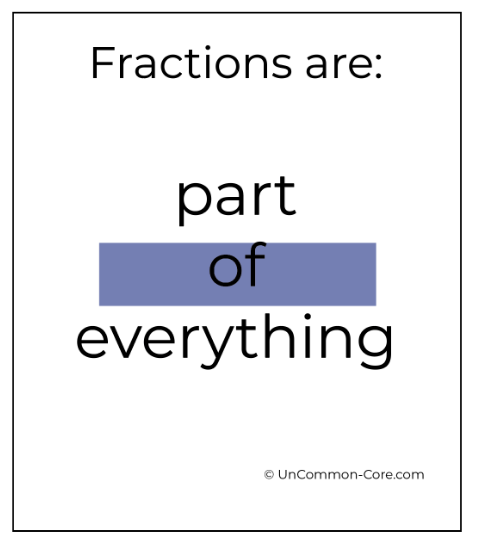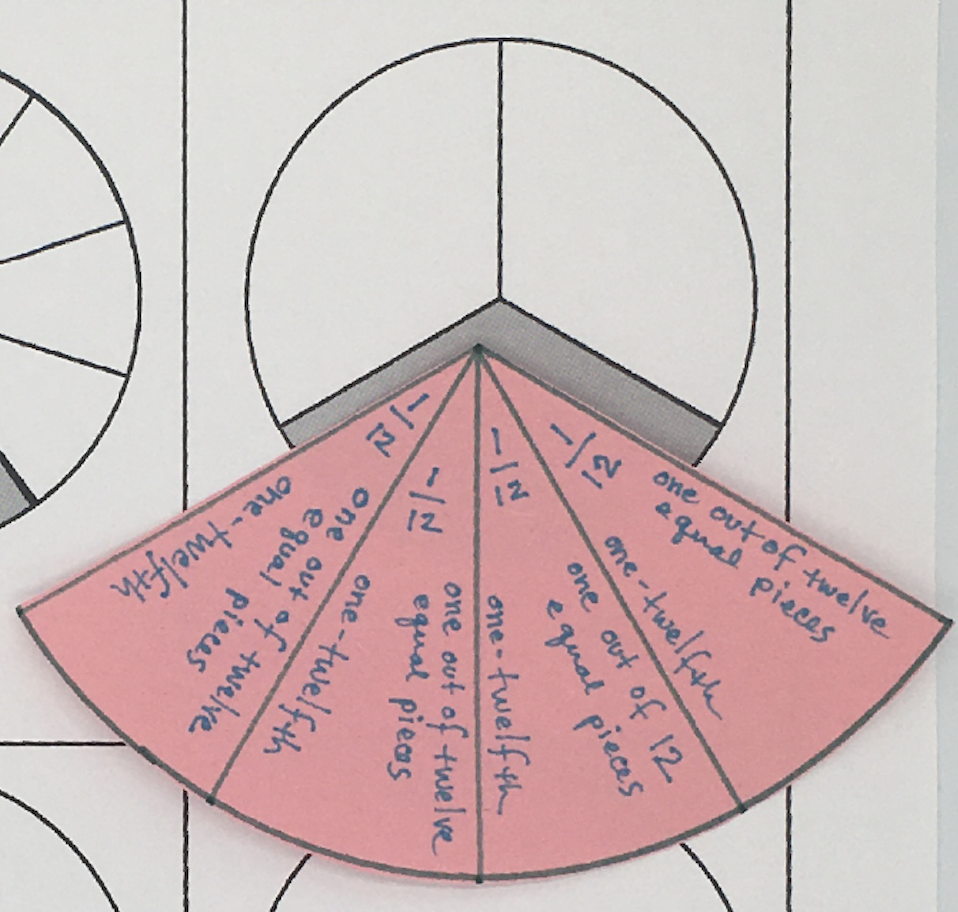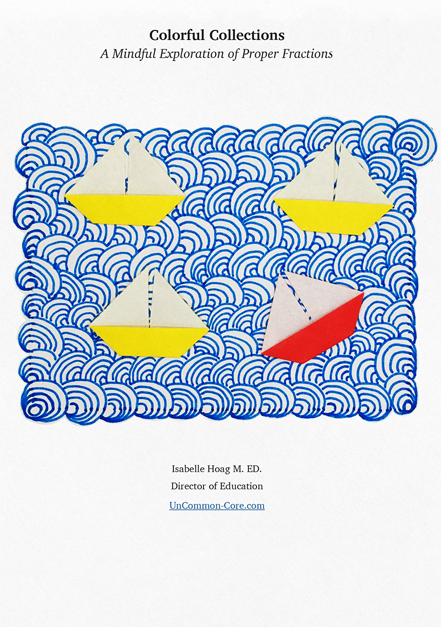
Encourage your students to think about fractions in their simplest forms in many different ways. This will help them create a flexible understanding of the concept.
They could think of a fraction in simplest form as a stamp or motif. When the stamps are used side by side to create a design, that would represent fractions that are equivalent to the simplest form.

Let your students think about the tiniest, itty bitty piece of water – a molecule of two hydrogen atoms bonded to a single atom of oxygen. Water molecules are so small that there are 10 followed by about 20 zeros of them in a single drop.
Invite your students to think of the fraction of the atoms in a water molecule that are oxygen. One-third ~ right? Then think of the fraction of oxygen atoms in two water molecules. Continue on with the thought experiment.
You might want to write down each equivalent fraction to show your students that in each of the fractions ~ except the simplest form ~ both the numerator and denominator are multiples of the same factors.

Show that four one-twelfth pieces fit perfectly into one-third of a circle. Invite your students to think of the math fact family that has 4 and 12 and ? in it. If you have a triangular flashcard handy this is a good time to show it.
Think aloud for your students. Four and twelve are both multiples of 4. What is four divided by 4? One! And what is 12 divided by 4? Three? Where do we see a one and a three fitting into this image?
Hmmmmmm, So four and twelve could both be divided by four – but what about one and three? Can they both be divided by a number (other than one)?
After many different examples of fractions in simplest form guide your students to explain to you that in the simplest form of a fraction:
- the numerator and denominator are the smallest pair of whole numbers that demonstrate that specific numerical relationship
- the numerator and denominator do not have any common factors (other than one).
Give your students plenty of practice identifying fractions in their simplest forms. The more comfortable they are in terms of knowing when a fraction is in its simplest form the better off they will be later on.
Share This Story, Choose Your Platform!
Download Colorful Collections:
A Mindful Exploration of Proper Fractions
Help your students make sense of fractions.
I started teaching in 1987, which means I’ve collected many tips and tricks along the way. In this ebook, I share concepts, strategies, and classroom materials to help you make math sticky.
Along with this useful ebook, you will receive weekly emails from StickyMath@UnCommon-Core.com. I send information like: teacher tips, educational ideas, book reviews, curated lists, reviews of educational sites, and free first drafts of products that I’m creating for my TPT store. That way, you get helpful ideas and free stuff, while I get some feedback before I finalize products and put them up for sale.
I value your privacy. I will never sell your information. You may unsubscribe at any time.
All the best!
Isabelle
Isabelle Hoag M. Ed.

